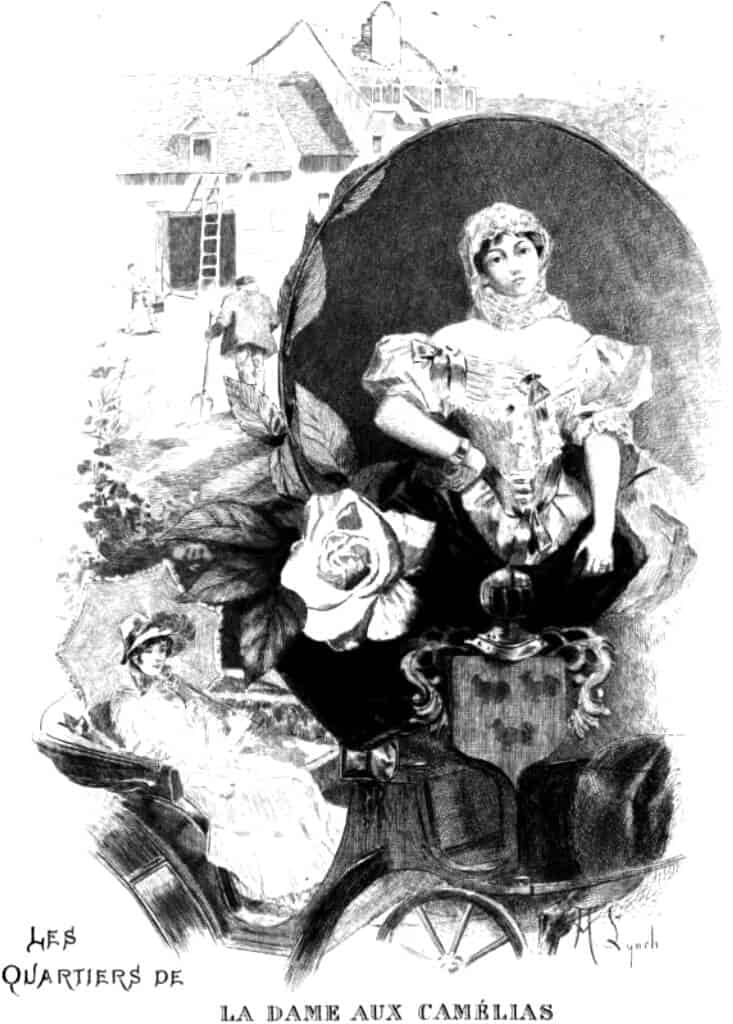

History projected in the present: this is the miracle of filmmaking, all the more so when the past is recent. In a kind of archeological resurrection, ancient Greek myths and Roman plays were brought back to light (of the projectors…) in darkened theaters Renaissance conspiracies, the trials and tribulations of the French Revolution and Napoleon’s epic all came back to life. – Comerio courageously took on Dante Alighieri ( Saggi dell’Inferno dantesco).īut it was not just literature that sparked the enthusiasm of producers and audiences alike: more than ever films showed their power as a time machine, unearthing historical events and heroic deeds. Otello that same year Cines also tackled Alessandro Manzoni ( L’Innominato) and S.A.F.F.I.


Art fever would soon hit the entire Italian filmmaking movement with film adaptations of masterpieces by Schiller ( La campana, Cines and L’ostaggio, Ambrosio), Dumas ( La signora di Monserau and I tre moschettieri, Cines), Defoe ( Il naufrago, Ambrosio), Gautier ( Capitan Fracassa, Pasquali & Tempo) and Balzac ( Spergiura!, Ambrosio).Ĭinematographers fearlessly dealt with the literary heights of every age: Shakespeare’s tragedies quickly became a favorite with Itala producing Giulio Cesare in 1909, Cines Macbeth and F.A.I. – Comerio secured a working relationship with Gabriele D’Annunzio, the undisputed authority of the national cultural scene. The longed for union between cinema and art finally seemed to be a reality in France famous dramatists like Edmond Rostand handed their works over to filmmakers, and in Italy S.A.F.F.I. screened in Italy Carmen, Otello and La signora delle camelie adapted from the novel written by Alexandre Dumas, fils. Established in Rome in 1909, Film d’Arte Italiana was a kind of subsidiary of Film d’Art and Pathé Frères it immediately started to produce impressive “artistic films” of adaptations of famous literary works and plays. and Film d’Art of France, that intended to make films based on history and literature. In the autumn of 1908 film publications announced that important “film d’arte” from France were about to arrive on screens in Italy: as predicted L’Arlésienne, L’Empreinte, L’Assassinat du duc de Guise received the public and critical acclaim they deserved just a few months later, Italy had its own production company, similar to the S.C.A.G.L.


 0 kommentar(er)
0 kommentar(er)
